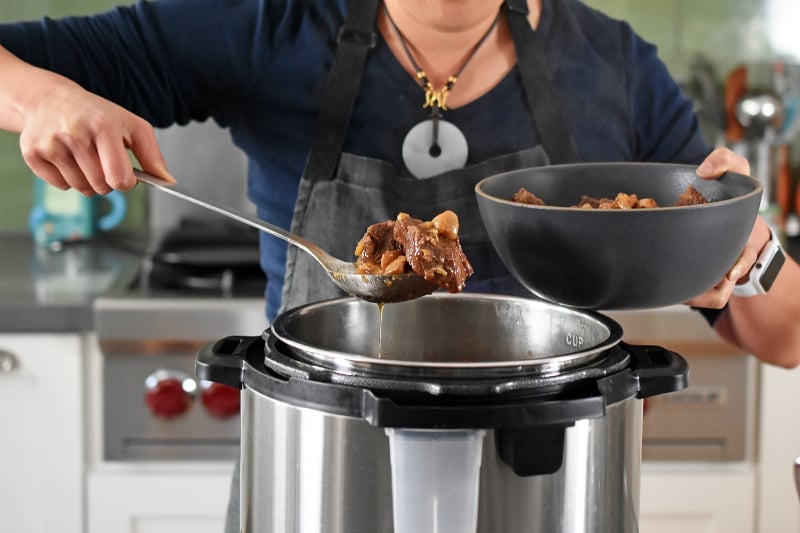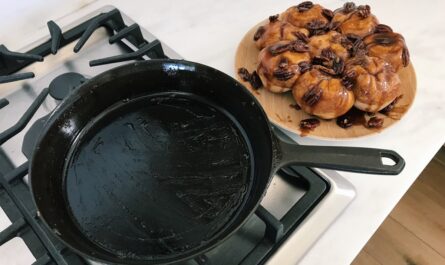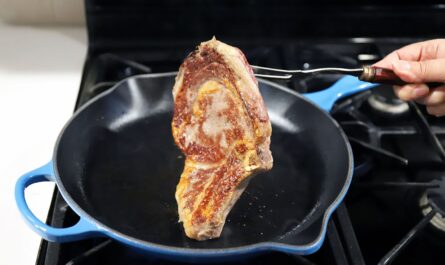Cooking enthusiasts are always on the lookout for ways to simplify their culinary routines without sacrificing taste. When it comes to hearty, comfort food, few dishes rival the all-time favorite: pot roast. Instead of spending hours slow-cooking your roast, we’re diving into the process of how to cook a pot roast in a pressure cooker. With the right guidance and a bit of practice, you can quickly achieve tender, flavorful results that will impress your family and friends.

The Importance of Using a Pressure Cooker
Pressure cookers have become an essential tool in the modern kitchen. Not only do they drastically reduce the cooking time needed for traditional recipes, but they also preserve moisture and nutrients that can be lost with other cooking methods. This makes them particularly ideal for preparing a pot roast, where maintaining flavor and tenderness is key. Here’s a great resource on cooking with a pressure cooker.
Gathering the Ingredients and Tools
Before we begin preparing our pot roast, its essential to gather all the necessary ingredients and tools. Heres the list you’ll need:
- Chuck roast (about 3-4 pounds)
- Salt and black pepper (to taste)
- 2 tablespoons of olive oil
- 1 large onion, sliced
- 4 cloves of garlic, minced
- 1 cup of beef broth
- 1 cup red wine (optional, but highly recommended)
- 4 large carrots, cut into large chunks
- 4 potatoes, quartered
- 2 tablespoons tomato paste
- 2 teaspoons thyme
- 2 teaspoons rosemary
- 2 bay leaves
- Pressure Cooker (learn more about using a pressure cooker!)
- Knife and cutting board (prep tips here)
Step-by-step Cooking Instructions
Step 1: Season and Sear the Roast
Start by patting the chuck roast dry with paper towels. Season generously with salt and black pepper. Using your pressure cooker, set it to saut and add 2 tablespoons of olive oil. Once the oil is shimmering, carefully place the seasoned roast into the cooker. Sear each side for about 5 minutes, or until a golden-brown crust develops. This step locks in juices and enhances the roast’s flavor profile.
Step 2: Build the Flavor Base
After searing, remove the meat and set it aside. In the same pot, add the sliced onions and minced garlic, using the remaining oil. Saut until onions are translucent and garlic has released its aroma, stirring occasionally. Add 2 tablespoons of tomato paste, and stir continuously for about 2 minutes, allowing the flavors to marry. Deglazing the pot with 1 cup of beef broth and, optionally, 1 cup of red wine adds depth to the dish, bringing out robust flavors, so scrape the bottom of the pot to loosen browned bits.
Step 3: Pressure Cooking the Roast
Return the seared roast to the cooker and pour the liquid mixture over it. Add the large carrot chunks, quartered potatoes, thyme, rosemary, and bay leaves, nestling them around the meat. Secure the lid of the pressure cooker, lock it into place, and set it to high pressure for 60 to 75 minutes, depending on the size of your roast. Remember, while a pressure cooker may be known for speed, the extra time ensures a buttery soft texture in this case.
Step 4: Natural Pressure Release
After cooking, allow your pressure cooker to release pressure naturally. This can take about 15 to 20 minutes but is an essential part of the cooking process as it lets the meat relax, making it more tender. Once the pressure has released naturally, carefully open the lid, held slightly away from you, to prevent steam burns.
Step 5: Serving and Presentation
Transfer the meat and vegetables to a serving dish. For a richer flavor, strain the cooking liquid into a saucepan and simmer until it reduces by half for a more concentrated sauce. Slice the meat against the grain and serve it with the carrots and potatoes, drizzling the sauce over the top. Your guests will marvel at the depth of taste and tender texture, thanks to your perfect utilization of a pressure cooker.
For more culinary adventures with cast-iron perfection, check out how to cook halibut in similar cookware!

Cleanup and Maintenance
Once you’re done enjoying your meal, ensure your cookware is clean for future culinary creations. Using a dedicated pressure cooker cleaner ensures all residue is efficiently removed, prolonging the life of your equipment. Dont forget your cutting board too; a simple application of cutting board oil keeps it in top shape for many delightful meals to come.
If youre curious about more techniques, try exploring sausage in cast iron skillets, continuing to develop your cooking mastery.
This article contains affiliate links. We may earn a commission at no extra cost to you.




